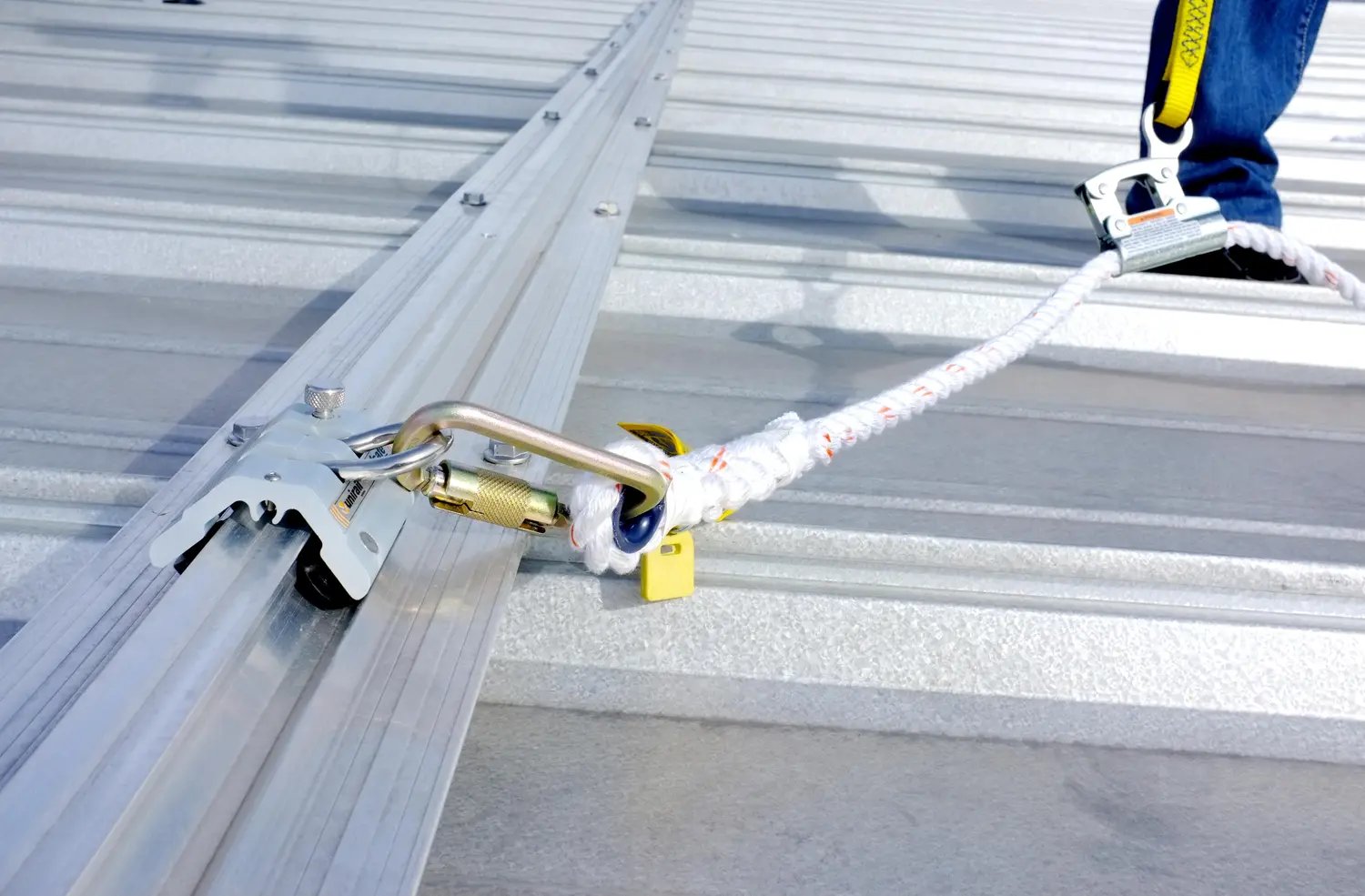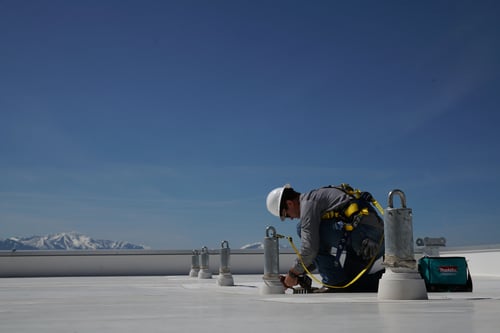Foundry Industry
Inspection, preventative maintenance, and repair work performed on crane rails and casting pits exposes foundry workers to a dangerous daily mix of fall hazards and confined space environments. Ensuring worker safety and OSHA compliance requires the implementation of a comprehensive fall prevention strategy, which includes the proper mix of fall protection and confined space and rescue equipment, personnel training, and partnering with a fall protection company that appreciates the unique nature of your foundry’s access points and potential fall hazards.

Fall Protection Solutions
Design Considerations
Foundries present a number of fall protection challenges, many of which exist due to crane use. Precise placement of horizontal lifeline systems is required to provide unimpeded crane movement, and access stairs and ladders may be needed to reduce the risks associated with climbing up to a monorail or overhead crane.
Fall protection is required below cranes as well. Working at height in crane bays presents problems when the fall protection system interferes with the movement of an overhead crane. Crane bays often require a fold-away or articulating fall protection system that can be deployed as needed and retracted when overhead cranes are in use. Jib beam fall protection systems are ideal in any situation where permanently installed systems might interfere with the operation of overhead equipment. Regardless of your overhead crane’s unique path through the plant, or the foot-print of other equipment and obstructions, engineered, fold-away fall arrest systems offer a perfect blend of OSHA compliance and maximum productivity.
Foundry pit work presents another set of fall protection challenges, including providing a means of safe access to the top of large castings, confined space issues, and rescue and descent in the event of a fall. Because foundry pits are often 15-20 feet deep and deemed confined space work environments, these areas must be equipped with OSHA approved confined space rescue equipment in the event that an employee is unable to exit the hazardous area without assistance.

b-1.jpg?width=1368&height=1340&name=Rail%20(175)b-1.jpg)




1.webp?width=500&height=380&name=HLL%20Overhead%20(661)1.webp)

-1.webp?width=1024&height=768&name=Rail%20(226)-1.webp)




